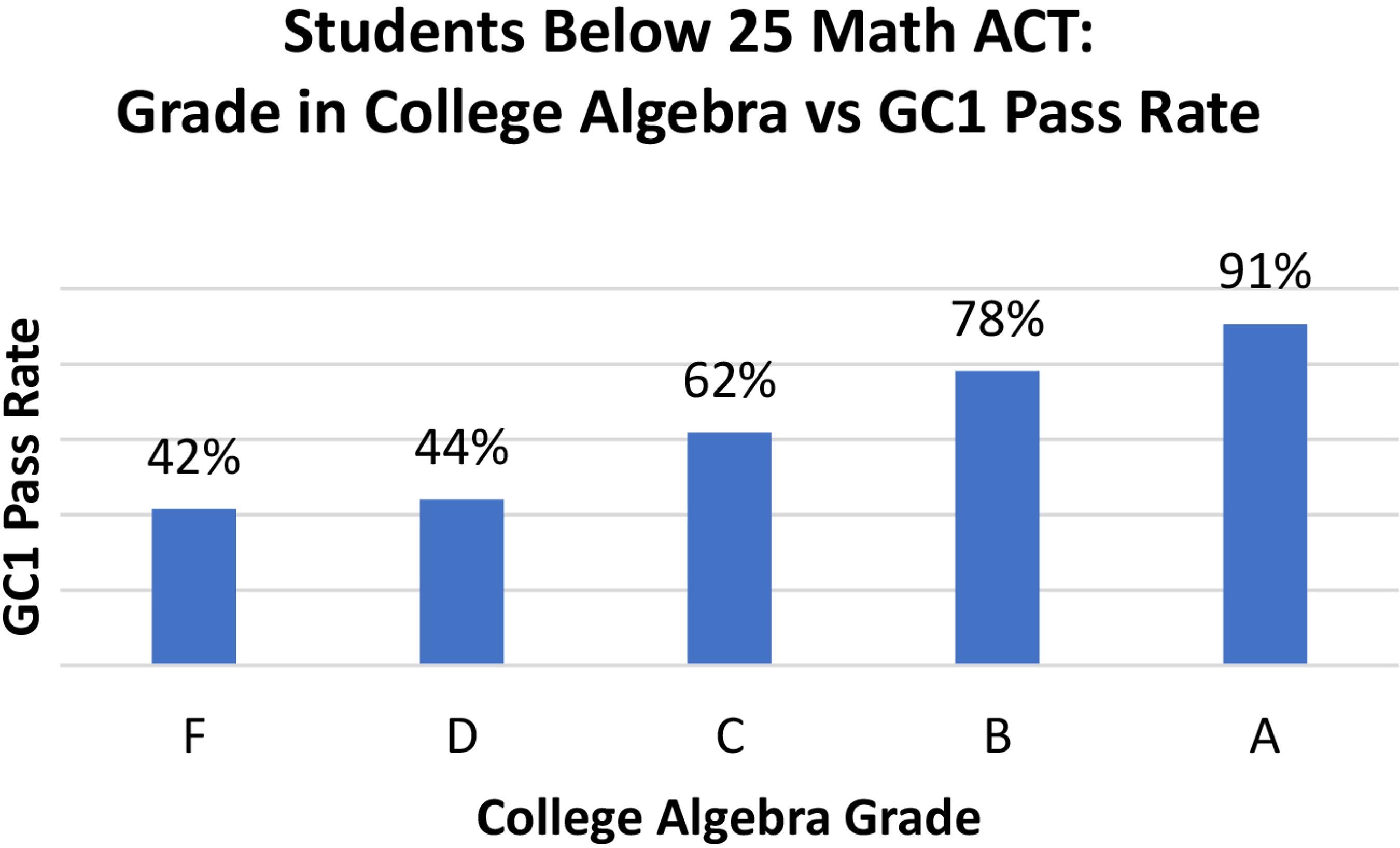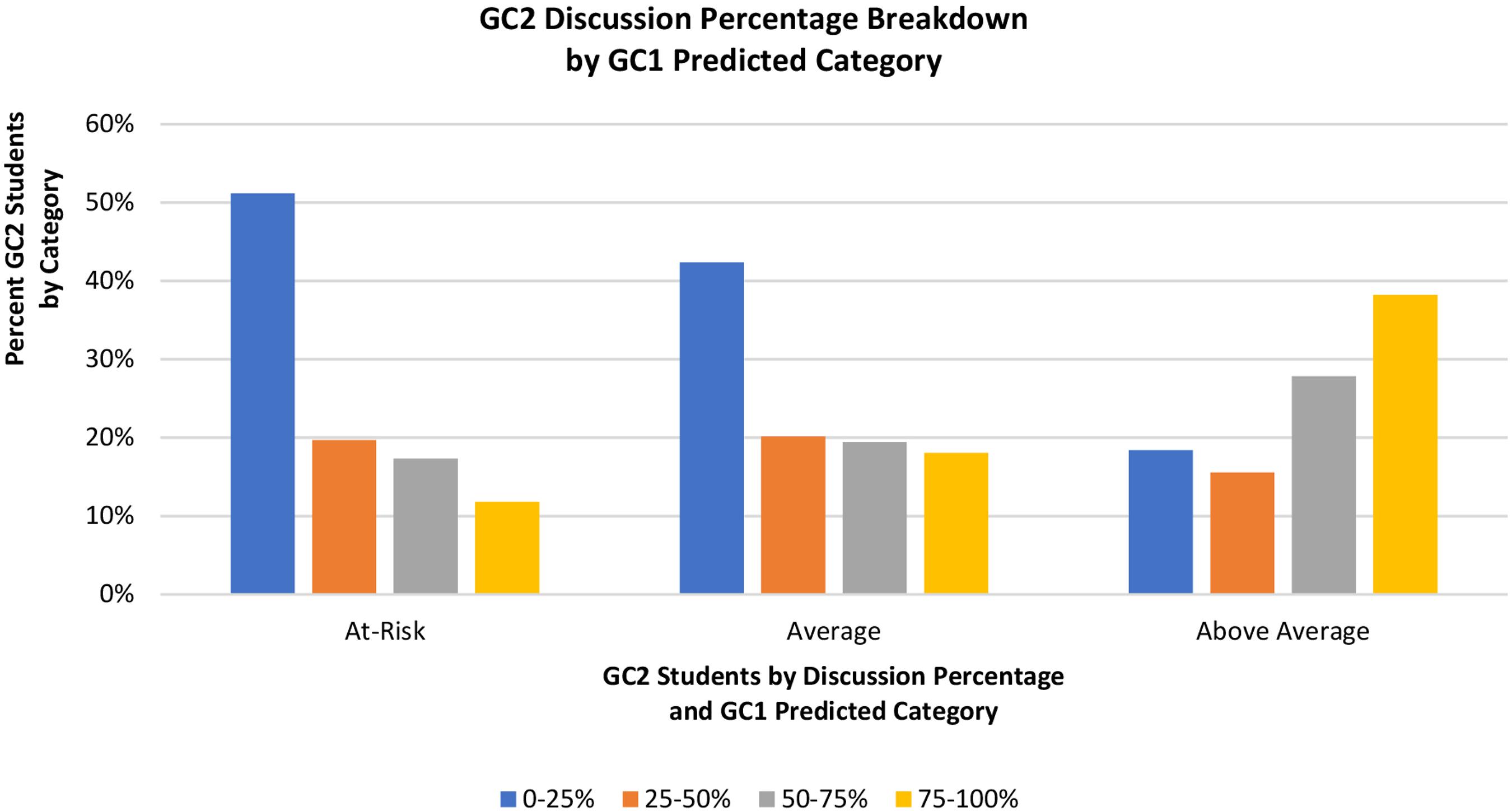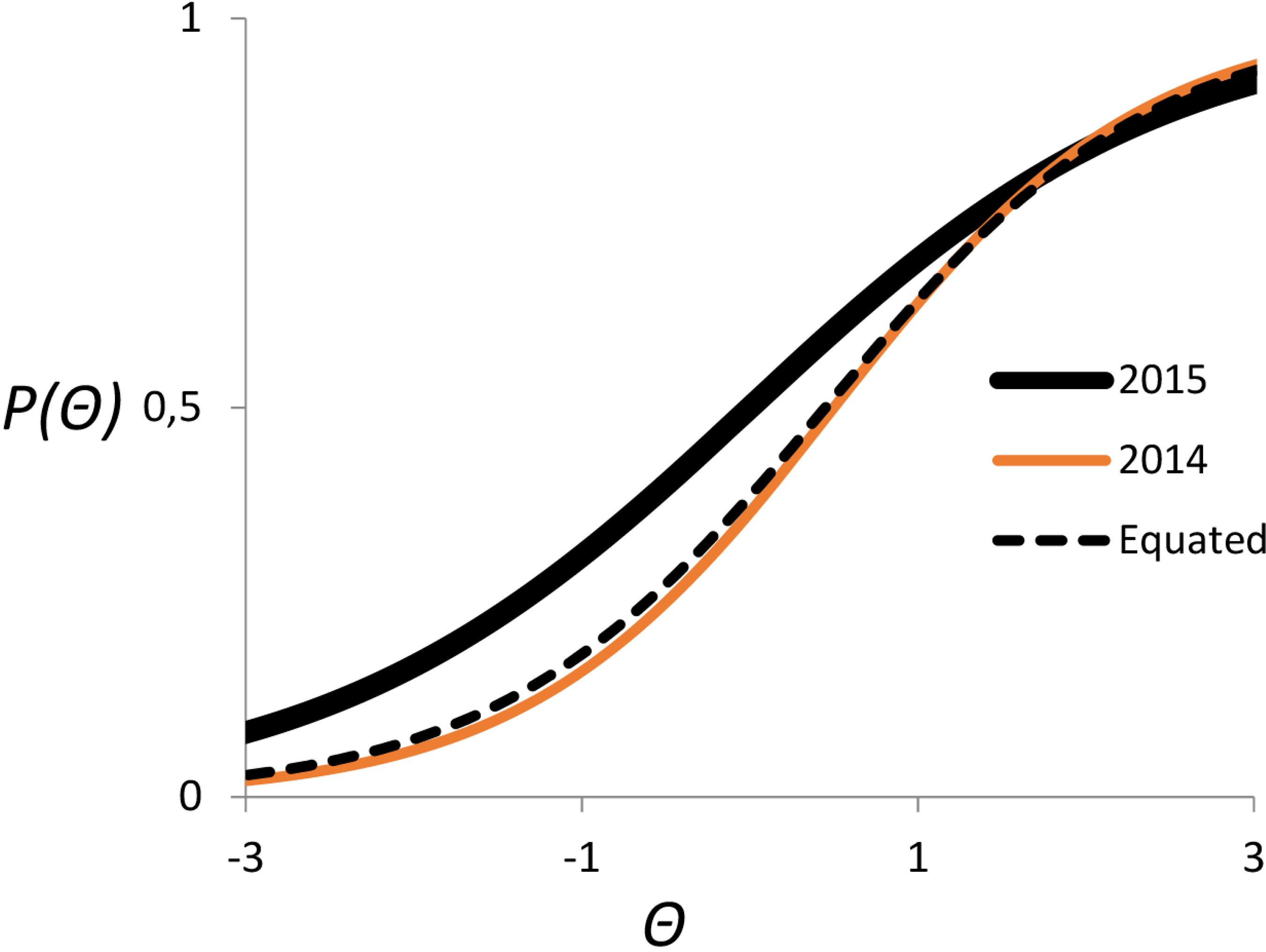Since 2012 we have tracked general chemistry student success rates at the University of Utah. In efforts to improve those rates we have implemented math prerequisites, changed our discussion session format, installed some metacognitive exercises aimed at the lowest quartile of students and instituted a flipped classroom model. Furthermore, using Item Response Theory we have identified what topics each individual student struggles with on practice tests. These steps have increased our success rates to ~76%. As well, student performance on nationally normed American Chemical Society final exams has improved to a median of 86 percentile. Our lowest quartile of students in spring 2016 scored at the 51 st percentile, above the national median.
Keywords:
Item Response Theory; Dunning-Kruger effect; classroom management; metacognition; flipped classroom












